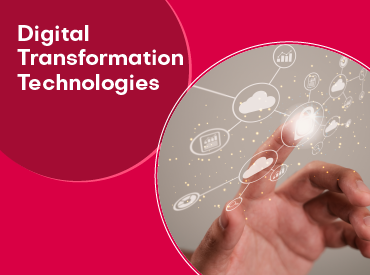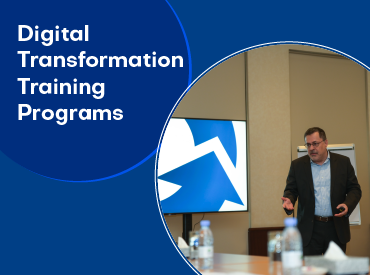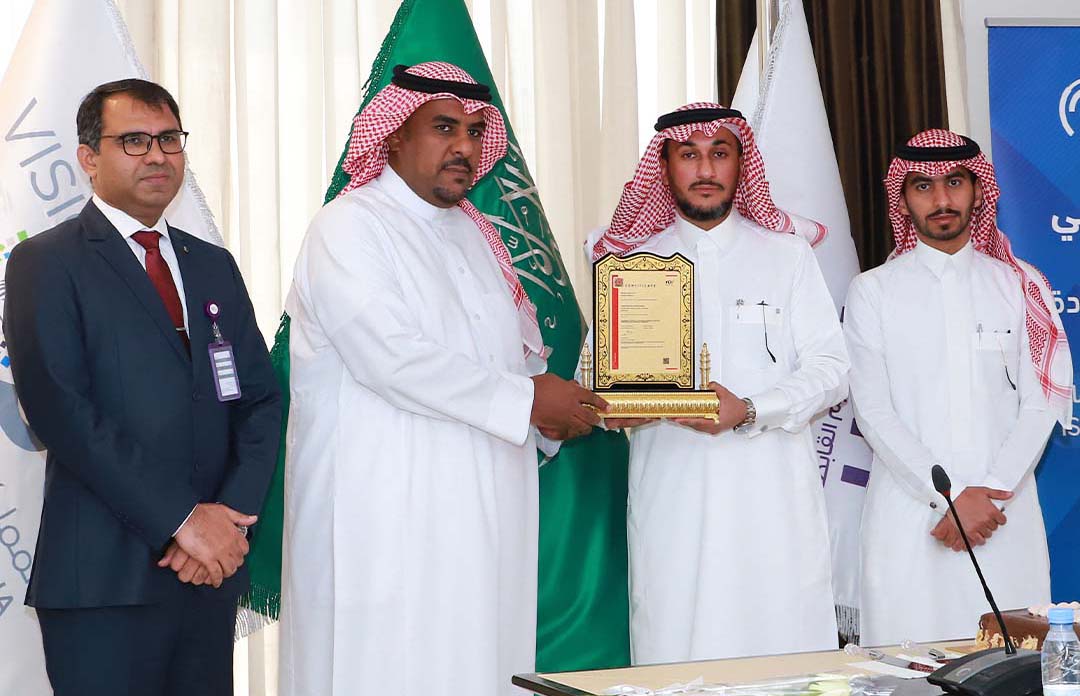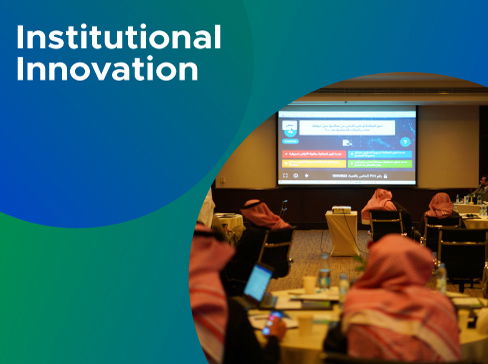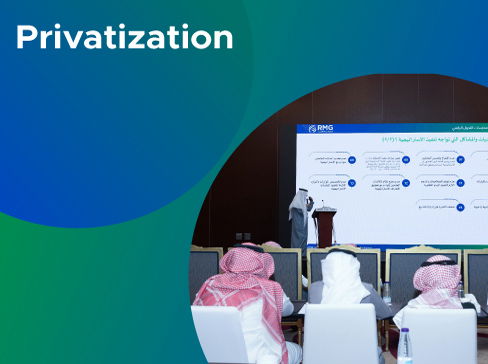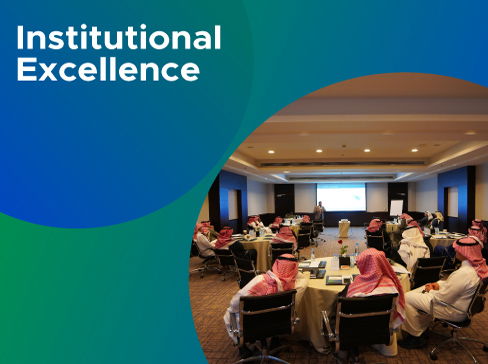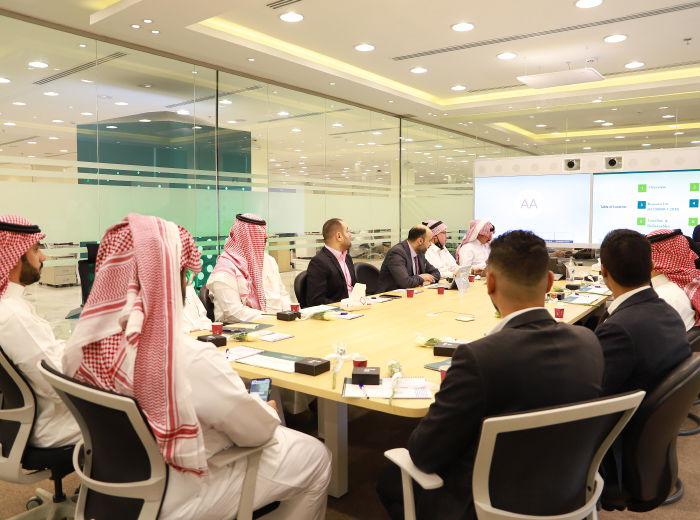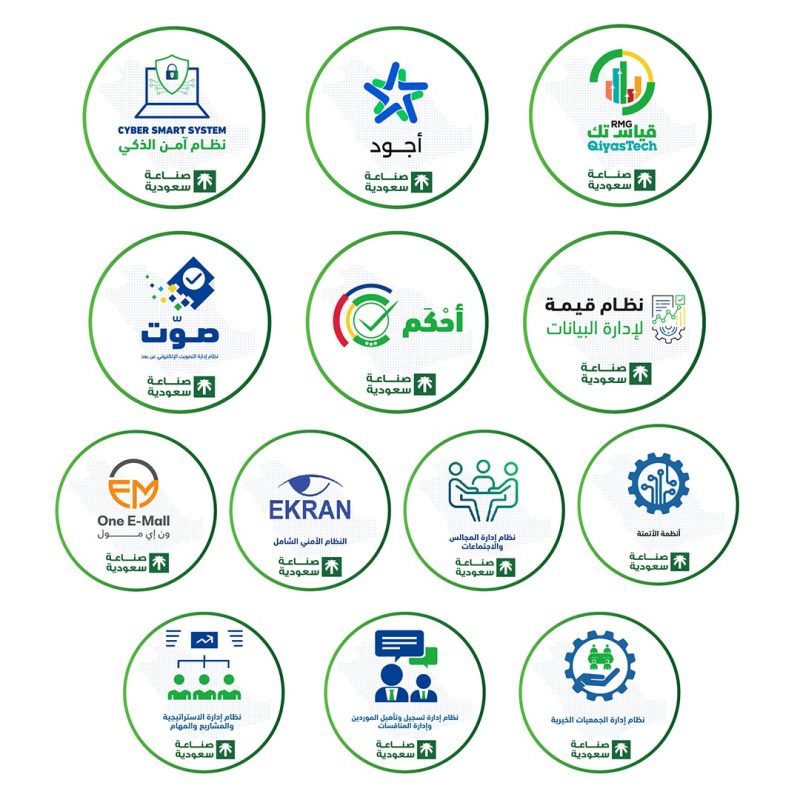Designing of Institutional Excellence Framework
Designing of Institutional Excellence Framework
Institutional excellence is important because it leads to increased competitiveness, increased public confidence, and better results for the organization and society as a whole.
It can also help organizations achieve their strategic goals and contribute to sustainable development.
Our group of highly qualified specialists is ready to cooperate with you in leading your organization towards excellence
What is institutional excellence?
Institutional excellence refers to achieving high levels of performance, quality and effectiveness in all aspects of an organization's work, it involves a systematic and continuous effort to improve an organization's performance by applying best practices, innovative approaches and evidence-based strategies, institutional excellence spans various areas, such as education, research, innovation, community engagement, governance, management and sustainability, and involves setting high standards, measuring performance against these standards and continuously improving performance to meet or exceed these standards, excellence in organizations also includes a culture of continuous improvement and learning, where everyone in the organization is committed to achieving the organization's goals, working together to find solutions to challenges and opportunities, and requires a collaborative approach that includes all stakeholders.
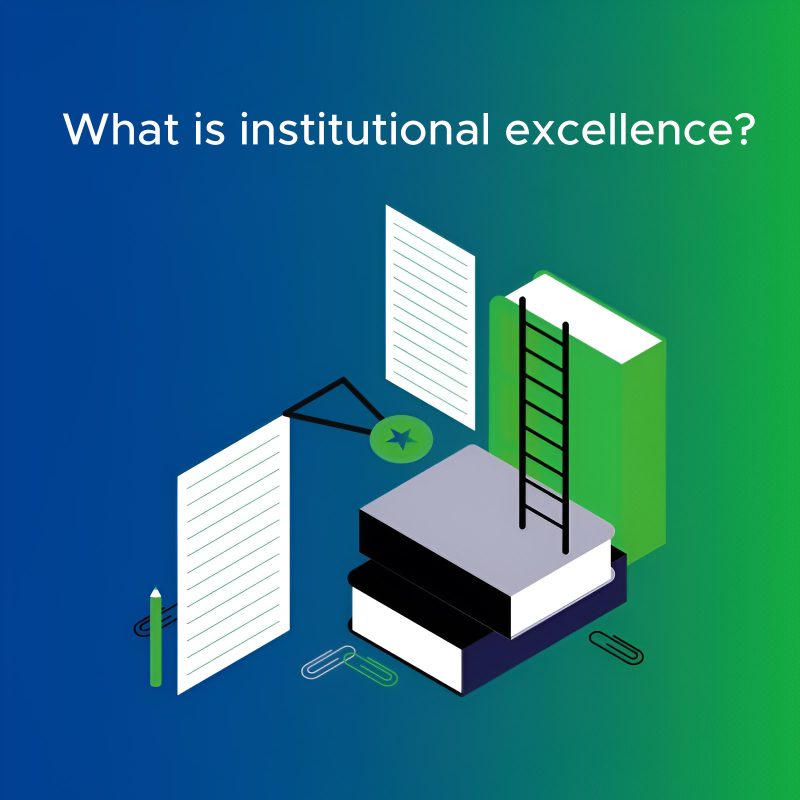
We prepare integrated strategies and plans for you to achieve growth and prosperity for your organization
Contact us for inquiries or consultation
Benefits of institutional excellence
There are many benefits related to excellence in institutions, the most important of which are:
- Improving quality: Excellence in organizations leads to improving the quality of services provided and products manufactured by the organization, which increases customer satisfaction and enhances the organization’s reputation.
- Increasing competitiveness: It helps increase competitiveness and differentiation among competing institutions, which helps attract more customers.
- Strengthening public confidence: It contributes to building community confidence in the institution and increasing its appreciation and respect.
- Improving productivity: It helps improve productivity and efficiency in using available resources in the organization, leading to cost savings and increased profits.
- Improving the work environment: Excellence helps improve the work environment and make it healthier, safer and more convenient for work, which helps attract and retain talented employees.
- Improving academic performance: Excellence helps improve the academic performance of the institution and make it more vibrant.
- Contributing to sustainable development: Excellence helps contribute to sustainable development and achieve sustainable social, environmental and economic goals.
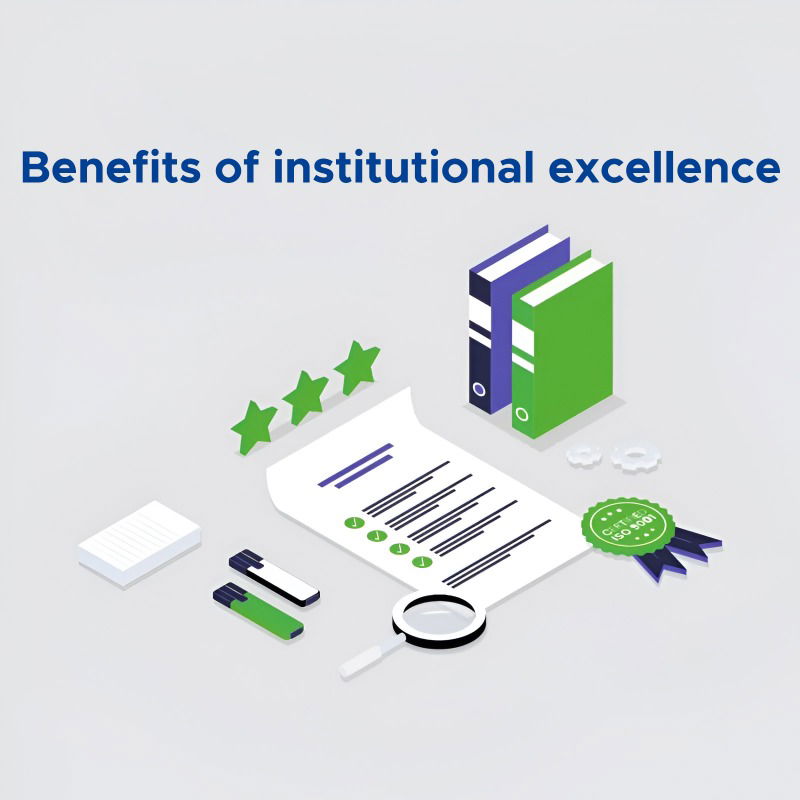
In general, it can be said that excellence contributes to improving all aspects of the institution and achieving a set of benefits related to quality, competitiveness, trust, productivity, environment, academic performance and sustainable development, the design of the institutional excellence framework also contributes to the success of the institution in achieving its goals of excellence better in a changing world, as the framework's design contributes to keeping pace with new challenges and opportunities.
Feel free to send any inquiries
Always with you
An overview of the institutional excellence framework

It is a set of practices, procedures and tools that help organizations achieve the best results and improve performance in all areas
The framework usually includes a set of indicators, metrics, and standards that provide a basis for measuring and comparing the organization’s performance against internal and external standards. It also covers various aspects of the organization’s operations, such as teaching, learning, research, innovation, community engagement, governance, and management.
The Excellence Framework is designed to be flexible and adaptable to different organizational contexts, it can be used as a tool for self-assessment, peer review, international standards and accreditation, it also helps organizations identify their strengths and weaknesses and the opportunities they provide to improve their overall performance and increase their competitiveness.
Overall, the Excellence Framework provides a rigorous approach to continuous improvement and quality assurance in higher education and research.
Although the framework followed by each organization is naturally different from one another, it usually includes a number of the following basic stages:
1- Defining the organization’s goals and identifying the areas that will be evaluated.
2- Determine the standards and indicators that will be used to evaluate performance in specific areas.
3- Collect relevant data and information.
4- Analyzing the collected data and information and evaluating the organization’s performance against standards and indicators.
5- Submit a report on the results and recommendations to improve performance and quality.
6- Implement recommendations and measure improvements in institutional performance.
The excellence framework can be used to evaluate institutions in different fields, such as higher education, research, innovation, community development, etc., and the ultimate goal of using the framework can be to achieve institutional excellence, global excellence, and contribute to achieving the sustainable development goals.
We can help you implement and design an integrated framework for excellence in your organization on an ongoing basis to reach your specific goals, consult us now
How is the institutional excellence framework applied?
It is usual for the implementation of an institutional excellence framework in organizations to involve several stages, which may vary depending on the specific framework, goals and context of the organization, however some common stages include as follows:
Planning
This phase includes setting goals, defining the scope of the organization’s excellence framework, and creating a project plan that includes timelines, milestones, and required resources.
Evaluate current performance
This stage includes evaluating the organization’s current performance in various fields, such as education, learning, research, innovation, community engagement, governance and management, and this is done using a set of standards and indicators.
Gap analysis
This stage includes identifying gaps between the organization’s current performance and desired performance, based on the excellence framework, gap analysis helps the organization identify areas to improve.
Work planning
Based on the gap analysis, the organization develops an action plan to address the gaps and improve the overall performance of the organization, the action plan includes specific, measurable and verifiable goals linked to the time, activities and resources required.
Implementation
This phase includes implementing the action plan, which may include changes to policies, processes, systems, and practices, implementation may include training staff, acquiring resources, and establishing monitoring and evaluation systems.
Evaluation
This phase includes monitoring and evaluating the implementation of the action plan to evaluate the effectiveness of the improvements made in achieving the desired results, this includes collecting data, analyzing the results, and reporting on the progress achieved.
Continuous improvement
This phase includes using the evaluation results to identify areas that need additional improvements and adjusting the action plan accordingly, it is an iterative process that includes continuous monitoring and evaluation to ensure continuous improvement in the organization’s performance.
In general, the stages of implementation of the institutional excellence framework allow organizations to evaluate their current performance, identify areas for improvement, develop an action plan, implement changes, evaluate results and continuously improve performance.





